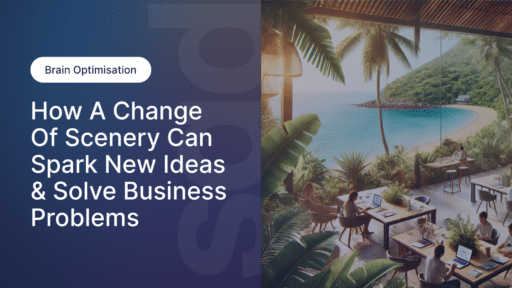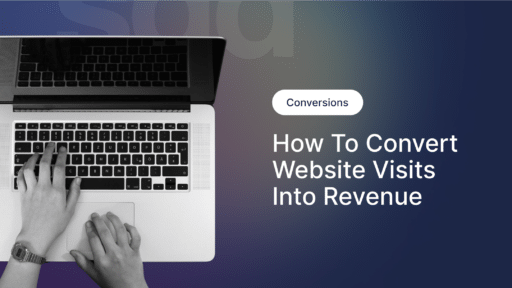
Based on our experience designing websites for hospitality venues such as The Lucky Hotel, The Watershed Hotel and SoCal Sydney, we’ve learned that many hospitality marketing managers want to blog, but don’t see it as time-efficient or cost-effective. That’s why we compiled the Hospitality Marketing Manager’s Guide to Blogging, which outlines a 10-point content strategy showing you how to maintain a profitable, lead-generating blog on your hospitality website, even if you only have about 10 minutes of spare time a week.
Tip #5 – Focus on the Customer
Another common mistake that hospitality venues—and in fact, many businesses—make with their blog is to use it for press releases, marketing mumbo-jumbo or other self-centered news. We can’t emphasise enough that a blog should never be a one-sided conversation. You’re not talking to yourself, but to existing and potential customers. And unless what you’re saying affects them personally and centers on what they care about, readers will tune you out, which ultimately hurts your bottom line.
So why do so many businesses use their blog this way? Well, for one thing, they assume that whatever is important to them is also important to their customers. This simply isn’t true. While there are cases where the news is of interest to both you and your patrons (e.g. renovations, new menus, good reviews, special rates, etc.), there are several instances where you need to choose a different topic (e.g. overly technical information, high-level industry news and suchlike).
For instance, you should never post a press release word-for-word on your blog. Those articles are meant for a different audience, including the media, researchers and the industry. If you want to share something in the press release with your customers, rewrite it in plain language.
Also avoid using marketing speak in your blog. Readers can tell pretty quickly that you’re trying to sell them something or persuade them to do something. So if you’re announcing a deal on rooms or beverages, or inviting people to try a new menu, keep the tone of the post as low-key as possible. Don’t use the post as a flyer or campaign leaflet. People don’t fancy a blog that acts like an advertising billboard.
Tread carefully when writing about awards and commendations your venue has received. It’s perfectly fine to tell your readers about your hotel getting rated five stars, but do so in a way that keeps the spotlight on them, not you. For example, you could thank your patrons for helping the venue receive such good ratings and reviews and invite them to celebrate with you on a certain date, when you’ll be offering thank-you discounts, special entertainment, etc. Readers may be turned off by a venue that blows its own horn, but they’ll sincerely appreciate one that credits them, the customers, for its success.
Your blog should always solve a problem, fulfil a desire, or answer a question for your customers. Aside from making announcements, you can use your blog to inform your audience about an upgrade in the quality of service at your venue or to address a common issue that people may have. To get a sense of what people want or need, review enquires and comments, as well as the keywords people use to search for or on your site. Readers will come to trust you to consistently deliver useful, interesting information.
If you keep the customer in mind when writing your blog, you won’t fall into the trap of posting self-centered content. This will ensure that your blog stays relevant and tailored to the customer’s experience, which should be just as pleasant at the physical venue as on the website. In turn, this will lead to a higher customer retention rate and an increase in new business.
Thank you for reading the fifth installment of our series, the Hospitality Marketing Manager’s Guide to Blogging. You can download the full series as a zip file FOR FREE by clicking the link below. The zip file contains the Guide in PDF format for easy reading, as well as a Hospitality Blog Template in both PDF and Word format to help you get started.
Also check out Tip #1 – Stay Close to Home, Tip #2 – Be Consistent, Tip #3 – Join the Conversation and Tip #4 – Get Their Attention.
Image © Minerva Studio
Author

James Fulton
Since founding the company in 2012, James has been the driving force behind SGD's success. As a visionary leader, he guides the SGD team, encouraging them to continually excel in digital design. James inspires a culture of growth, challenging each team member to surpass their own limits and set new standards in the field. This commitment to excellence not only propels personal development but also ensures SGD consistently delivers exceptional results for its clients.
Unlock Weekly Insights To Improve Your Website
Want to improve your website and digital marketing? Sign up to Marketing Monday for practical, up-to-date strategies on SEO, Google Ads, and website performance—delivered weekly.
No fluff, just results-driven advice. Unsubscribe anytime.
Next Article
Website Maintenance Checklist
January 12, 2015Start a Project








